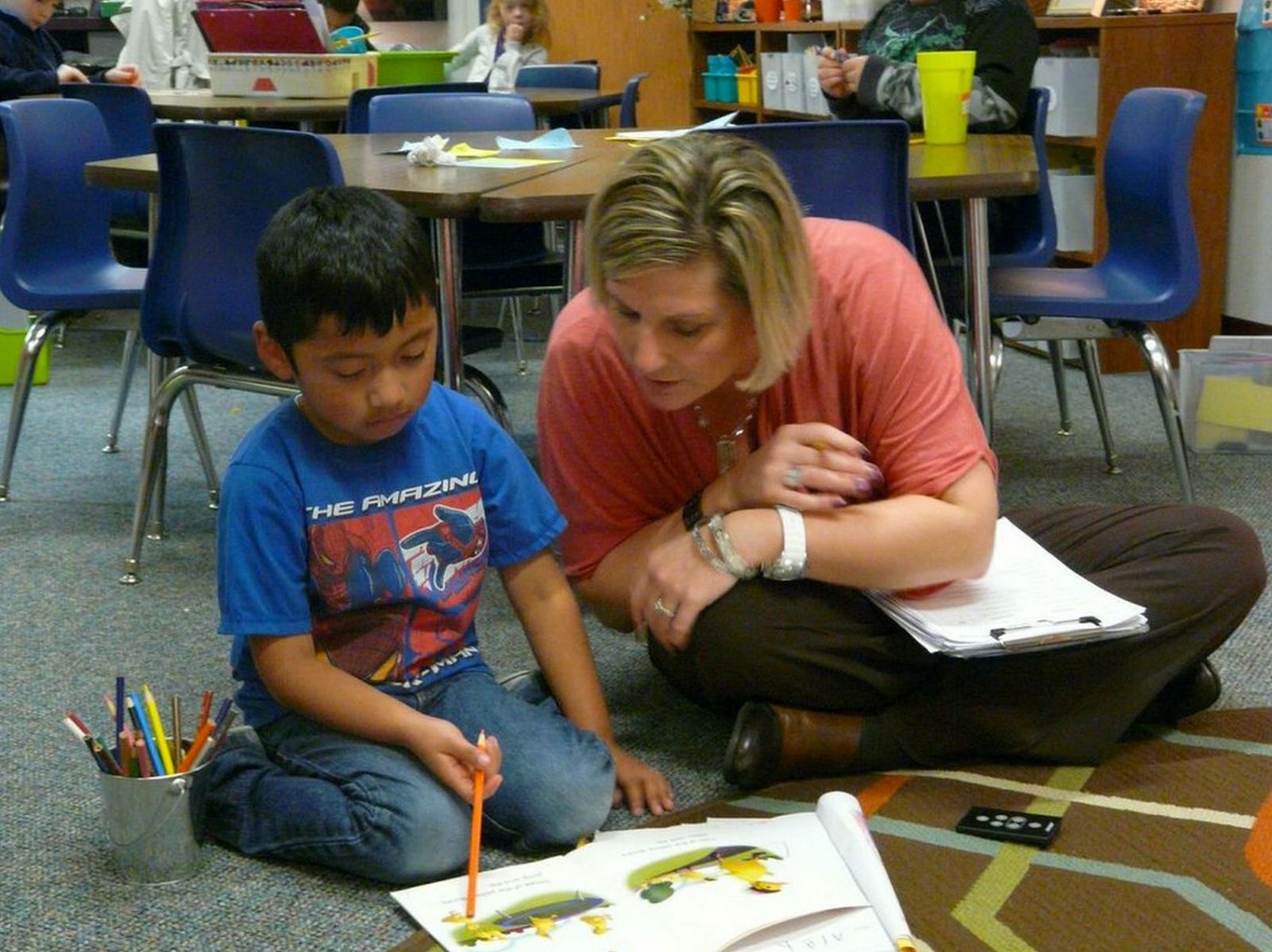Chicken or Egg? Reflections on Change
Join Our Community
Access this resource now. Get up to three resources every month for free.
Choose from thousands of articles, lessons, guides, videos, and printables.
 Which comes first, the chicken or the egg? When regarding this long-debated question in an educational realm, we think in terms of change. Which comes first, a change in belief or a change in practice? It is hard to change our practice when we are entrenched in a current belief system. It may be equally hard to change our beliefs if we don't just jump in and change our practice, allowing the inevitable results to bring about the change in belief.
Which comes first, the chicken or the egg? When regarding this long-debated question in an educational realm, we think in terms of change. Which comes first, a change in belief or a change in practice? It is hard to change our practice when we are entrenched in a current belief system. It may be equally hard to change our beliefs if we don't just jump in and change our practice, allowing the inevitable results to bring about the change in belief.
We recently had an opportunity to hear Michael Fullen, a leading international expert on change, speak at the Wisconsin State Reading Conference on this very subject. Michael suggests that it isn't always necessary for teachers to initially embrace the theory and research behind new instructional practices. If the techniques and strategies are sound and teachers just jump in, the results become the impetus for changed beliefs. "We change behaviors first, then we change beliefs."
We work with teachers all over the country, many of whom are new to the Daily 5 and Cafe Menu. The internal struggle is sometimes written on their faces as they try to reconcile new information with current practice. My teaching partner was recently one of these. She was reluctant to begin using the Cafe Menu for a variety of reasons. Many of the strategies were new to her and she wasn't sure she was ready to teach them. She was comfortable with and proficient at her whole group instruction and guided reading group practice. She really wanted to give herself a year to learn the strategies and have lesson plans ready for her Comprehension, Accuracy, Fluency and Expanding Vocabulary instruction. After assessing her students, she could easily see where their goals fit on the menu, so we encouraged her to just jump in and go for it.
She did. The part she felt most insecure about was knowing what strategy to choose, so we offered a simple rule of thumb: 4-4-3-3. When assessing or conferring with a child, if you aren't sure which strategy to teach, a great place to begin is with the top 4 strategies under Comprehension. the top 4 strategies under Accuracy, the top 3 under Fluency and the top 3 under Expand Vocabulary. These are the strategies most often used by readers, even adults, making them a great place to begin instruction.
Want to know what happened? Her students reading achievement was amazing, she gained a newfound love for teaching reading, and her beliefs regarding individual and differentiated instructions shifted completely. Change in practice led to changed belief.
Michael has a book out if you'd like to know more.





